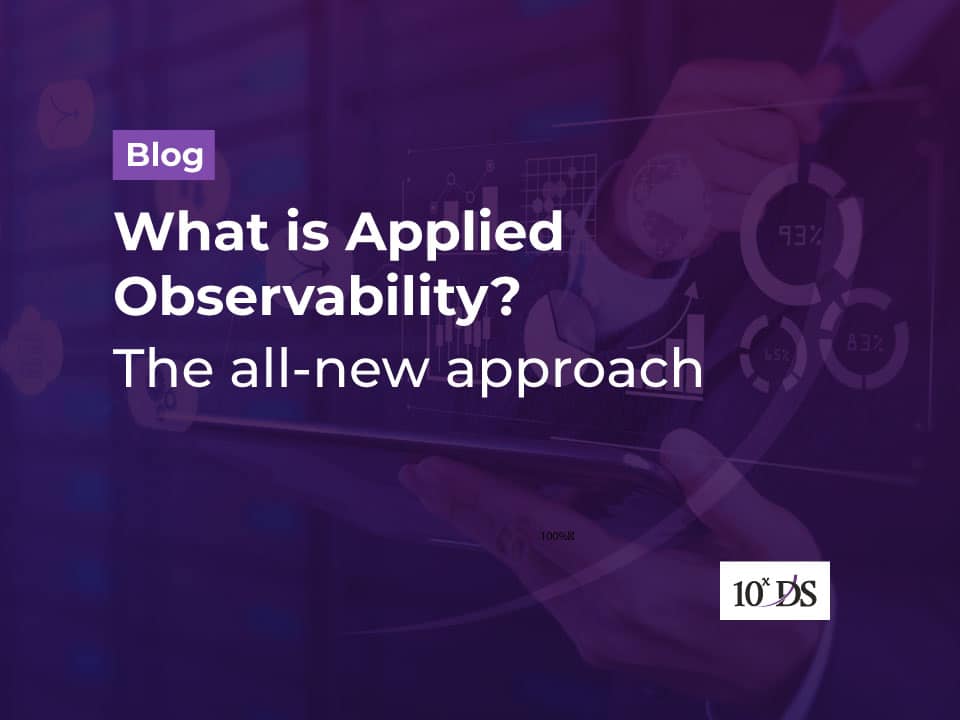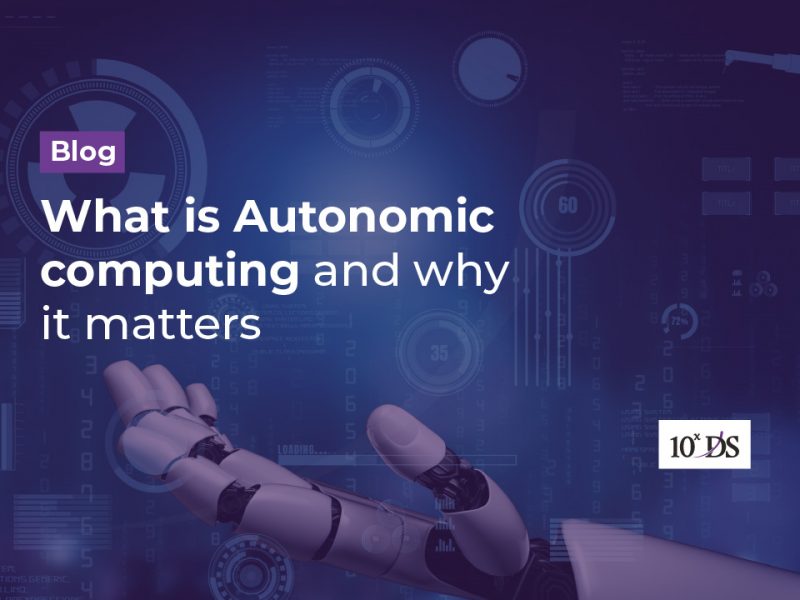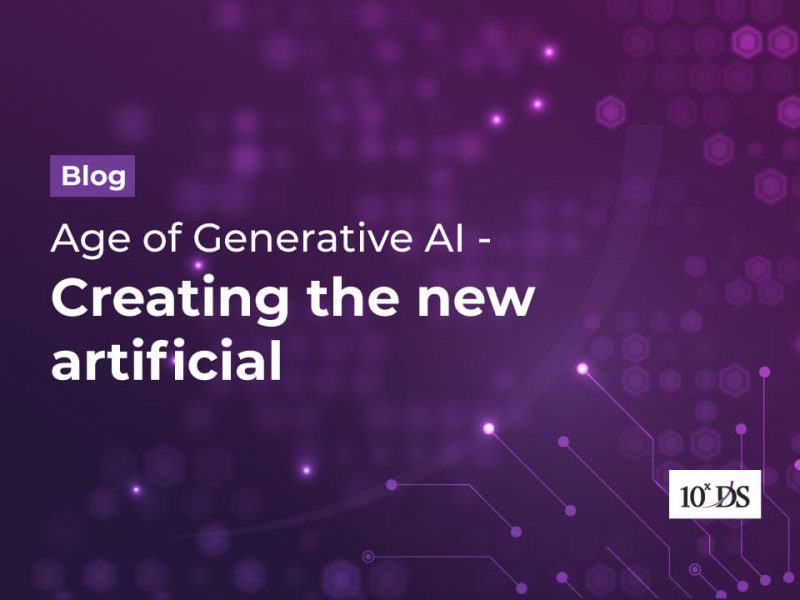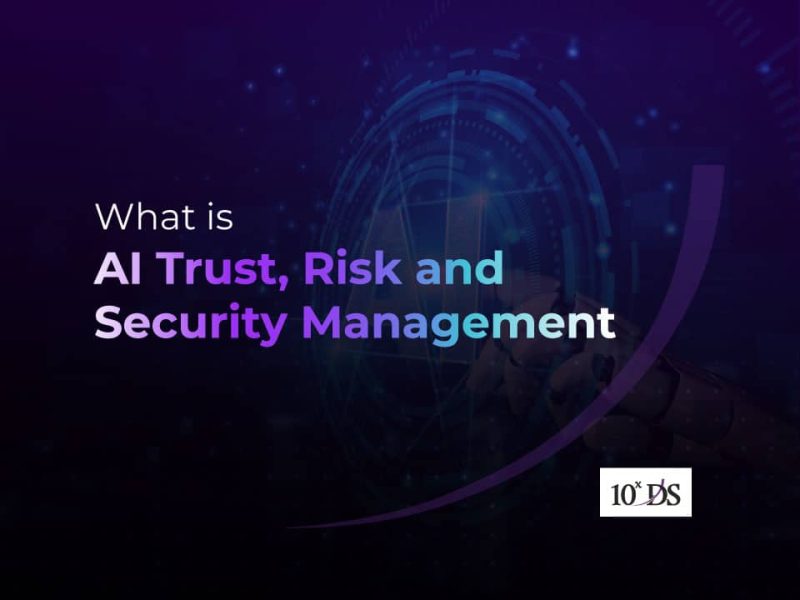
What is “Applied Observability”? The All-New Approach
Can you picture yourself purchasing auto insurance based on your actual driving habits as opposed to, say, your predicted risk based on your history of speeding tickets? With Tesla, customers can get insurance based on their “observable” driving habits in the here-and-now. Sensors in Tesla vehicles perform an “observation” of driving habits in order to calculate a monthly safety rating. According to projections, drivers with average scores could see a 20% to 40% premium reduction, while those with the best safety ratings could see a 40% to 60% reduction.
At the Gartner IT Symposium/XpoTM conference, Distinguished VP Analyst David Groombridge stated, “Applied observability is about clarity rather than creativity as it is based on confirmed stakeholder actions rather than intentions.” We can see the actual results in the data even if we don’t know what the decision was or if it was implemented differently than what we planned. To help businesses make better decisions in the future, we can create a feedback loop by including the context in which data was captured, analysing it with AI, and providing recommendations.
Why is “Applied Observability” the latest buzzword in IT?
Systematically applying observability allows businesses to improve their reaction times and fine-tune their operations in real time. Seventy percent of companies that successfully apply observability will reduce decision-making latency by 2026, according to Gartner. This will give those companies a competitive edge in their chosen areas of business or information technology. When properly applied, observability allows businesses to gain an edge by leveraging their data artifacts. Strategically designed and expertly implemented, applied observability has proven to be an effective method for making decisions based on data. It’s becoming increasingly common for organisations to equip many of their departments with the ability to observe and respond to events.
Observability does not refer to a particular technology or clearly defined industry. It applies tools to enrich the observable data that is generated across many business functions and layers of the organization. Decision intelligence and analytics solutions are the primary destinations for making findings available to users.
Definition of Observability in an Applied Setting
When a system is observable, its internal state can be deduced from the information it makes available to the outside world. The ability to observe phenomena depends on the integration, optimization, and enhancement of context-aware data coming from a variety of sources.
Information that can be seen and quantified in real time is called “observable data.” It usually comes from one or more preexisting IT systems in an organisation.
The term “applied observability” refers to the use of observable data across business functions, applications, and infrastructure and operations teams in a highly orchestrated and integrated manner. Proactive business decisions can be planned because the time lag between stakeholder actions and the organization’s responses is reduced.
The Three Pillars of Practical Observability
Three essential components of applied observability are:
- Access to resources has been democratized. Large quantities of data are readily available in the form of digital artefacts from every company. Converting that information into a powerful set of capabilities, especially at the organisational level, is the real challenge.
- Infrastructure operations, middleware, applications, data, functional workflow, and business process layers are just a few of the many types of data that exist simultaneously across the organization. Many times, the business and IT owners of each layer are already investigating separate aspects of observability, but by combining their efforts, even more value can be extracted.
- Due to the interdependent nature of the many layers, the implementation process can be challenging, time-consuming, and frustrating. In any case, it is possible to break it down into more manageable chunks. To accomplish this, the organisation as a whole needs a solid strategic plan or blueprint to follow.
Find out how Applied Observability can be put to use by your most loyal customers
Organizations can react nearly in real-time with the aid of applied observability. The quicker you respond, the more satisfied and loyal your customers will be. Businesses can proactively plan decisions in response to customers’ positive, negative, or indecisive actions thanks to shorter feedback loops between stakeholder actions and organisational reactions (or lack of information). One way to set yourself apart and increase customer loyalty is to create a positive feedback loop between customer behaviour and reward mechanisms. Similar to how theoretical customer models can increase exposure to risk, using actual customer behaviour as a measure of risk can decrease exposure.
Conclusion
Leaders in information technology gain an edge in the marketplace by carefully orchestrating the use of data based on the actions of real stakeholders rather than on their intentions or guesses about those actions. The key to success is making business and IT decisions that are better, faster, more consistent, and more effective. Observability is a decision-making tool that is grounded in hard data rather than speculation.
Talk to our experts to learn about the most recent technological advancements and how they might benefit your company!


